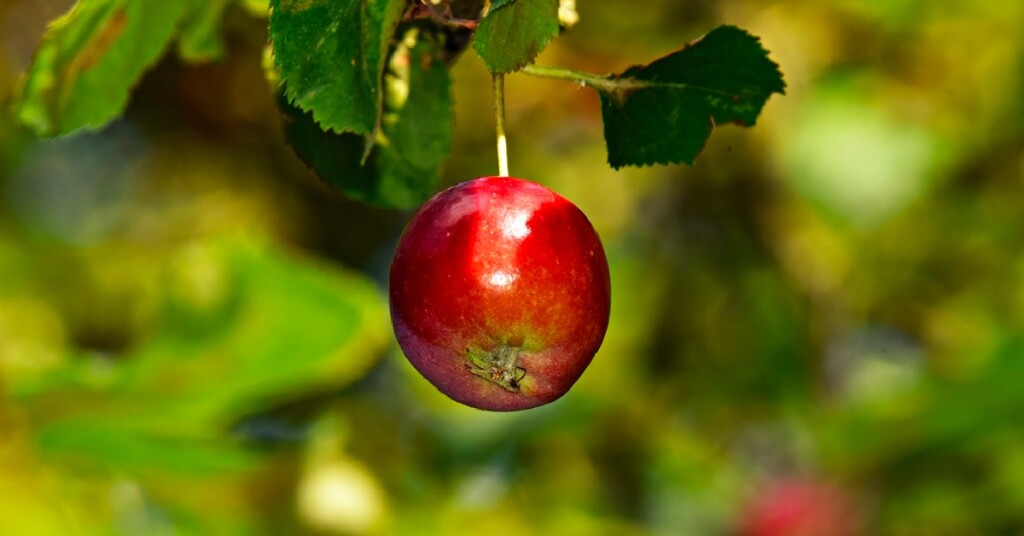Dear O That Sherry Readers:
I am in the process of moving my content to a new platform: Hsieh With You. The blog is curated by me and my sister and each week we take turns to “hsieh”-ing (“hsieh” is pronounced “shay”) things we love.
Below is a recent post I wrote on gardening. If you enjoy the post, please visit my new website and follow me there instead.
I grow things with the intention to eat them.
While I mask this under the facade that I love gardening (and have had several delightful conversations with fellow gardening aficionados), truth be told, I, simply, love eating organic, seasonal produce. There is nothing I relish more than plucking that ripe cherry tomato fresh off the vine the first thing in the morning, beating all the “cute” beasties animals thieves to it. While I have yet to find damning evidence that there are indeed cherry-tomato craving creatures competing with me, I have definitive proof that the SNAILS are beating me to the kale. Such an irony eh? Being beaten by the snail of all creatures?
All jokes aside, I do love growing things and appear to have a green thumb for growing fruit trees from scratch. Whenever I come across a particularly delicious organic fruit, I would carefully remove the seed, plant it, and see what comes of it. Thanks to that effort, I now have a growing family: an apple tree (1.5 years old), a pear tree (1 year old), and an avocado plant (4 months old). While I have come to terms that my plants have a long dormancy stage, or resting period, before they will bear fruit—averaging 6 to 10+ years when grown from seed—my inner result-driven gardener has recently suffered another heavy blow when I learned my fruit trees might never bear fruit. Ever!
The Hard Truth
Being single is not good for reproduction, even for fruit trees.
In order for trees to develop fruit, flowers need to be pollinated. The process of pollination is the transfer of pollen from a male part of a plant to a female part of the plant (pistil) so that fertilization can take place within the flower and grow into a fruit.
In the plant world, there are two kinds of flowering plants: monoecious and dioecious. The former has male and female flowers, which allows pollination with only one tree. The latter has either male or female flowers and therefore requires at least two trees. This is the primary difference between self-fruitful and self-unfruitful trees.
Some, like apples and pears, are self-unfruitful and need at least two of their kind but not of the same variety to cross-pollinate—such as Honeycrisp and Fuji (apples), and Bartlett and Anjou (pears). Having a different variety is key for fruit production because most self-unfruitful trees are self-incompatible, that is they do not produce fruit when pollinated from a flower of the same tree or another tree of the same variety.
The Good News
Not all fruit trees require two trees to ensure a fruit crop. Some are self-fruitful and can produce fruit when planted alone. However, even for these self-sufficient, self-fruitful varieties such as apricots, nectarines, and peaches, they can benefit from cross-pollination. When planted alone, these self-fruitful trees produce a small amount of fruit. They will bear more fruit when planted with another variety.
My apple and pear trees may never produce fruit because my garden is too small to accommodate more trees. Alas, too healthy of an appetite, so petty plot of land. But I suppose my inner result-driven gardener may find comfort in mono no aware and take joy instead in the beautiful blossoms.

